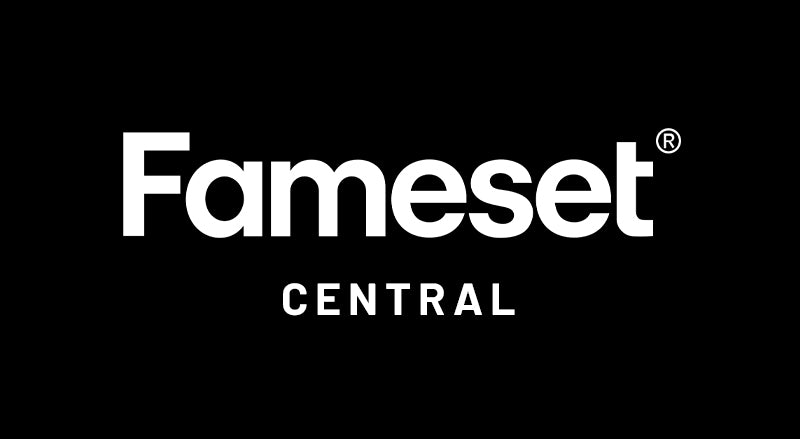A Guide to Starting Your JourneyEmbarking on a yoga journey can feel both exciting and overwhelming, especially for beginners. The good news is that yoga is accessible to everyone, regardless of flexibility or fitness level. In this guide, we’ll walk you through some of the easiest yoga poses perfect for those just starting out, along with tips to help you build a consistent practice. And remember, for more detailed tutorials and personalized routines, you can explore our dedicated section for beginners on famesetyoga.com.
Mountain Pose (Tadasana)Often called the "foundation of all poses," Mountain Pose is deceptively simple but incredibly powerful. Stand with your feet hip-width apart, toes pointing forward, and distribute your weight evenly across both feet. Engage your thigh muscles, lift your kneecaps, and let your arms hang naturally by your sides. Relax your shoulders and lengthen your spine, keeping your gaze soft and forward.This pose improves posture, strengthens your legs, and helps you connect with your breath. For a deeper dive into proper alignment, check out the step-by-step video on our website here.

Child’s Pose (Balasana)A gentle resting pose, Child’s Pose is ideal for releasing tension in the lower back, hips, and shoulders. Kneel on the mat, spread your knees wider than hip-width, and bring your big toes together. Sit back onto your heels, stretch your arms forward, and rest your forehead on the mat. Let your belly relax into your thighs, and take slow, deep breaths.Child’s Pose is a great way to reset during your practice. For variations that accommodate tight hips, visit the beginners’ resource hub on famesetyoga.com.

Cat-Cow Pose (Marjaryasana-Bitilasana)This dynamic duo of poses is perfect for warming up the spine and improving flexibility. Start on your hands and knees in a tabletop position, wrists under shoulders and knees under hips. Inhale, lift your head, arch your back, and drop your belly toward the mat (Cow Pose). Exhale, tuck your chin, round your back, and pull your belly toward your spine (Cat Pose). Flow between these two poses, syncing your movement with your breath.

The Cat-Cow sequence is often recommended by fitness experts for spinal health. You can learn more about its benefits from the American Council on Exercise (ACE) here.
Downward-Facing Dog (Adho Mukha Svanasana)
A classic yoga pose that stretches the hamstrings, calves, and shoulders while strengthening the arms and legs. Start in tabletop position, tuck your toes, and lift your hips toward the ceiling, forming an inverted V-shape with your body. Press your palms into the mat, lengthen your spine, and let your heels drop toward the floor (they don’t need to touch). Bend your knees slightly if your hamstrings are tight.Downward-Facing Dog is a staple in many yoga practices. For modifications and common mistakes to avoid, head to our pose library on famesetyoga.com.

Corpse Pose (Savasana)While it may look like simply lying down, Savasana is a vital part of any yoga practice, allowing your body and mind to integrate the benefits of the poses you’ve done. Lie flat on your back, legs extended, arms resting by your sides with palms facing up. Close your eyes and focus on your breath, letting go of any tension or thoughts. Stay in this pose for 5–10 minutes.Savasana is often referred to as "the most important pose" in yoga. For guidance on how to make the most of this relaxation time, you can refer to the insights from Yoga Journal here.Tips for Beginners

- Breathe: Never hold your breath during poses. Keep your breath steady and natural.
- Listen to your body: If a pose causes pain (not just discomfort), back off.
- Be consistent: Even 10–15 minutes a day can make a difference.
- Use props: Blocks, straps, and bolsters can help you achieve proper alignment. You can find a guide to essential yoga props on famesetyoga.com.
Remember, yoga is a journey, not a destination. These easy poses are just the beginning. Explore more beginner-friendly content, including full routines and expert advice, on famesetyoga.com to support you every step of the way. Namaste!
 Account
Account






0 komentarai (-ų)